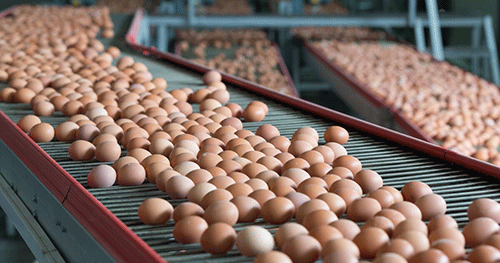The limited availability of land has been a hurdle for many aspiring farmers, many of whom are determined to venture into farming but lack fertile land. Common sense has always dictated that the bigger the land size, the more profitable your undertaking would be as you will be able to scale up production.
Various brief researches have however countered this notion, instead suggesting that more can in fact be done on a small portion of land if the right farming model is applied.
The trick, according to various agriculture sources, is to select the right type of farming system for the area concerned, even if it is a mere one hectare of land. Many rural properties, on average, are around this size. Others are slightly below or above this size.
AgriToday compiled this list of top income streams on one hectare of farmland from various sources;
To start with, divide the farm into the following sections;
Goats and/cattle area; Grass and animal feed farming area; Short term orchard; long term orchard; egg farming area; horticulture (seasonal fruit and vegetable) farming area; bee-keeping area; compost production area and a bean hedge section.
Here is how you work it out:
Goats and cattle area
These will be mainly for manure and milk production. Put flytraps in the cattle and goats’ area. The maggots from the flies will be good food for the chickens.
Grass farming section
Grow special grass such as lucerne for feeding your goats and milk cows. Grow moringa in one part. This means you cut out expenses for purchasing stock feeds.
Short-term orchard
Here you can grow short-term fruit such as pawpaw; 40-50 pawpaw trees -produce fruit for about four to five years. Manure from cattle/goats is used as part of the main feed for the pawpaw. The pawpaw will give annual income.
Long-term orchard
Here fruits that take 10+ years giving fruit are planted, depending on the climatic conditions of the area. Guava, mango, avocado, orange, lemons etc. Manure from goats and cattle will be part of the main fertiliser for orchards.
Egg farming area
The area is kept for organic egg production. Part of the grass and moringa will feed chickens. Earthworms from the compost section will provide good food for the chickens. You can use flytraps in the chicken area. The maggots will also be good food for chickens.
Horticulture area
Here you grow tomatoes, butternut, pumpkins, cabbages, sweet potatoes, potatoes, leafy vegetables, onions, etc. Some vegetables are dried and stored for consumption and for sale in drier seasons or drought years. Compost and manure will provide the main fertiliser.
Bee-keeping
Do not destroy all the natural vegetation and trees; leave some so that you can set up beehives. The bees will also benefit from orchards and from your crops. Honey will be your sugar substitute. You can also sell honey.
Compost production area
Manure from goats, cattle and chickens as well as from crop residues will be used to produce compost to act as the key fertiliser for crops and the orchards as well as the source for earthworms for feeding egg-producing chickens.
Bean hedge
Your perimeter fence can be put as two lines; one to protect from animals from outside. The inner fence is used to farm all year beans such as butter beans that will form a hedge and a massive bean production project.
Also, you can have a continuous ridge near the inner fence for the purposes of growing sweet potatoes.
With a little bit of tweaking, your integrated farm can be turned into a tourist facility with a specialist restaurant and a guest lodge.
-tjatindi@gmail.com


